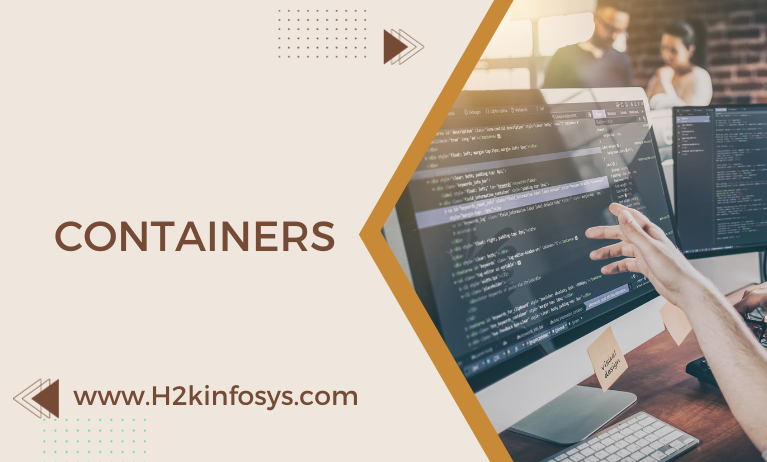Containers are technologies which will allow the packaging and also isolation of application with their entire runtime environment all the files that are necessary to execute. This will make easy to move the contained application between environments when we are retaining the functionalities. Containers are also important part of the IT security. When we are about to consider security into the container pipeline and also defending infrastructure, containers stay reliable, scalable and trusted.
What are benefits of containers?
Containers help to reduce conflicts between your development and operations teams by separating areas of responsibility. Developers will focus on apps and also operations teams will focus on the infrastructure. As this containers are based on open source technology we get the latest and greatest advancement as soon as technologies by podman, skopeo, buildah, CRI-O, Kubernotes helps the team to make application development and deployment to be simple, fast and orchestrate.
Containers share the same operating system kernel and isolate the application processes from the rest of the system so whole thing will be moved, opened and used across development, testing and production configurations. As they are light weight and portable, containers provide the opportunity for faster development and meeting business needs arise .
What is container orchestration ?
Containers allow development teams focus on their apps while operations teams that will have a focus on the infrastructure. Container orchestration is the way when we handle these deployments across the enterprise. Kubernotes is an open source platform that automates linux container operations.It will eliminates many of the manual processes involved in deploying and scaling containerised applications. Kubernotes gives us the platform to schedule and run the containers on clusters of physical or virtual machines. Kubernotes architecture divides a cluster into the components which will work together to maintain the cluster’s defined state.
What we can do with the containers?
Containers can be deployed for number of workloads and use case big to small. Containers give our team the underlying technology that is needed for a cloud native development style so that we can get started with Devops, CI/CD.
Container related applications have highly distributed cloud architectures. Application runtimes middleware provides tools to support a unified environment for a development, delivery, integration and automation.
We can also deploy integration technologies in containers so we can easily scale how to connect apps and data like real time data streaming through Apache Kafka .
Use cases for containers:
Containers are becoming increasingly prominent, mainly in cloud environments. There are many organisations that are even considering containers as a replacement of VMs as general purpose compute platform for their applications and also workloads.
There are many key use cases where containers are especially relevant.
Micro services- Containers are small and light weight, which make a good match for the microservice architectures where the applications are constructed of many, loosely coupled and independently deployable smaller services
Devops- The combination of microservices as an architecture and containers as a platform will be common foundation for many teams that embrace Devops the way they build, ship and run software.
Hybrid multicloud- The containers will run consistently anywhere across laptops, on-premises and cloud environments they are an ideal underlying architecture for hybrid cloud and multi cloud scenarios in which the organisation find themselves operating across a mix of multiple public clouds in combination with the own data center.
Application modernising and migration- One among the most common approaches to application modernisation is to containerise application in preparation for cloud migration.
There are one among better understand a container that is to comprehend how it will differ from traditional virtual machines. In traditional virtualisation whether it be on-premises or may be in the cloud a hypervisor is leveraged to virtualised physical hardware. Each VM then contains a guest OS and a virtual copy of the hardware that the OS requires to run along with any kind of application and its associated libraries.
Questions:
1. What is Container?
2. What are the benefits of Container?





























